Living with the HTC One M9: do the little design details matter and does a 1080p display cut it in 2015?
This article may contain personal views and opinion from the author.

The HTC One M9 might not look like an all-new device: it retains the visual style of the previous two HTC One flagships with a stylish unibody aluminum that nestles in the hand nicely with that subtle curve on the back of the phone. However, that lack of significant novelty in visual style is deceptive: the phone is new and exciting in subtle ways that I'm eager to explore. It leaves plenty of controversial questions that beg for detailed answers: does it really overheat? what are those little changes that HTC has made to the design? how does HTC Sense perform? and is the new 20-megapixel camera on par with other flagships?
I'll be using the HTC One M9 as my daily driver for a month
For the past week, I've been using the HTC One M9 as my daily driver and I'll keep on using it for four consecutive weeks, sharing my experience along the way. The first week of my journey with the One M9 the focus is on the design craftsmanship as well as display quality and color accuracy. After all, these are the key aspects that you see in a phone right away, and these factors can make or break a product.Luckily, the One M9 is one of the most stylish devices in the Android ecosystem. Here is what using it looks like.
Design: attention to details
There are many little details that make the HTC One M9 feels fairly different than the M8 in real life. The new HTC flagship features a more polished metal that feels much smoother to touch. There is less of that rough, raw, masculine metal feel. We're still dealing with sturdy metal, but the smoother feel makes that raw feeling very slightly subdued.
You also instantly notice how sharp the edges of the One M9 feel in the hand. This is a change from the One M8 had a much softer feel with rounded sides and no sharp corners, but I got used to it fairly quickly and - most importantly - did not find the sharp edge annoying or hurtful in any way. I'm also quite impressed with the craftsmanship that went in the buttons of the One M9, they are a bit too flush, but very clicky and the lock screen has a rippled pattern that makes it easy to distinguish from the volume keys, so that you can find it with your finger without looking at the phone.
Right below, I've included a small gallery showing all the little details of the One M9 up close. Call it gadget porn, or just love for those little details.
5-inch Full HD display: can 1080p cut it against Quad HD?
Apple released the iPhone 4 way back in 2010 with the claim that we've entered the era of 'retina' displays where roughly put any screen sharper than roughly 300 pixels per inch was to be considered sharp enough for most people to appear with no nasty pixelization. Since then, screen resolution has sky-rocketed and now we have 5.1-inch Quad HD (1440 x 2560 pixel) displays like the one on the Galaxy S6, sporting a pixel density of the whopping 577ppi.
Does this mean that the 5-inch HTC One M9 with a resolution of 1080 x 1920 pixels and pixel density of some 441ppi just does not cut it in 2015? In other words, do we really need those extra millions of pixels to see in perfect clarity?
The scientific answer to that question depends a lot on your vision (not everyone has a 20/20 vision, after all), and - crucially - the distance from which you are looking at your phone. Calculations using the current scientific understanding of our vision show that - factually - it's impossible to tell the difference between a Quad HD and a Full HD 5-inch display unless you are staring at it from a distance of 5 inches. Naturally, daily use of your phone happens at much larger distances to the tune of around 10 inches or more, so, theoretically, you should not be able to tell any difference at all. Check out our Quad HD vs Full HD comparison article to learn more about this.
Right below, we are also providing close-up shots of the 5" Full HD HTC One M9 display compared with the 5.1" Quad HD screen on the Samsung Galaxy S6.
Color accuracy: far from perfect
Naturally, all that talk about sharpness is important, but we haven't seen any iOS users complaining about pixelization being a major issue (and the iPhone has a much lower than average 326ppi), so it makes sense to focus more on the color accuracy of a screen.
The industry in its overwhelming majority adheres to the sRGB color gamut, meaning that all photos and other visual materials are made with this color gamut in mind. Over the years, we've seen companies (hey, Samsung) tout compliance with other color gamuts like the wider Adobe RGB that makes colors pop out more. In fact, though, since content is optimized for sRGB, images on a screen optimized for a different color standard would just appear unrealistic and ultimately, not optimal.
Before talking about color, though, we have to pay attention to gamma. The sRGB color standard works when gamma response is 2.2, but did you know that the 2.2 number is just an average value of the gamma response measured at various color intensities? That's why it's worth looking at gamma not as a single value, but rather as a linear value that stays at 2.2 or close to it at the various levels of measurements. If gamma goes above the 2.2 standard images will appear darker and more contrasty in an unrealistic way, while going below the 2.2 reference value will result in images that appear too bright, washed out. We measure the gamma at 10 different levels from 0 to 100 where 0 represents black while 100 is considered pure white, and we have various intensities of gray in the middle.
With all this in mind, take a look at the gamma response on the current crop of 2015 flagships:
The next important measurement we take is color balance, where we look at those very same intensity levels and check if one of the primary colors (red, green, blue) does not overpower the others. Ideally, the three lines for RGB should merge into one, indicating perfect whites with no red, green, or blue residue. In reality, however, the colder colors are often overwhelming, which is not ideal. Take a look at how the HTC One M9 color balance compares to the rest of the 2015 flagships:
Finally, we have the saturations chart which gives us a bird-eye view of the overall picture including the white point. We are plotting the chart against the sRGB triangle, with the white squares representing the perfectly calibrated points for each color. If you see the dots in the squares, then we have a winner, and the further away the dots are from the squares the less well calibrated is that display. Check out how the HTC One M9 compares against the competition in this regard:
Overall, it's obvious that the display on the HTC One M9 is far from being perfectly color accurate. Gamma response is pretty accurate, but whites tend to appear much colder than they should, and colors seem artificially oversaturated and again, far from perfectly well calibrated.
Stay tuned for our week 2 of exploration of the HTC One M9 where we will talk more about the new HTC Sense 7 and the real-life experience of using the phone!
Follow us on Google News
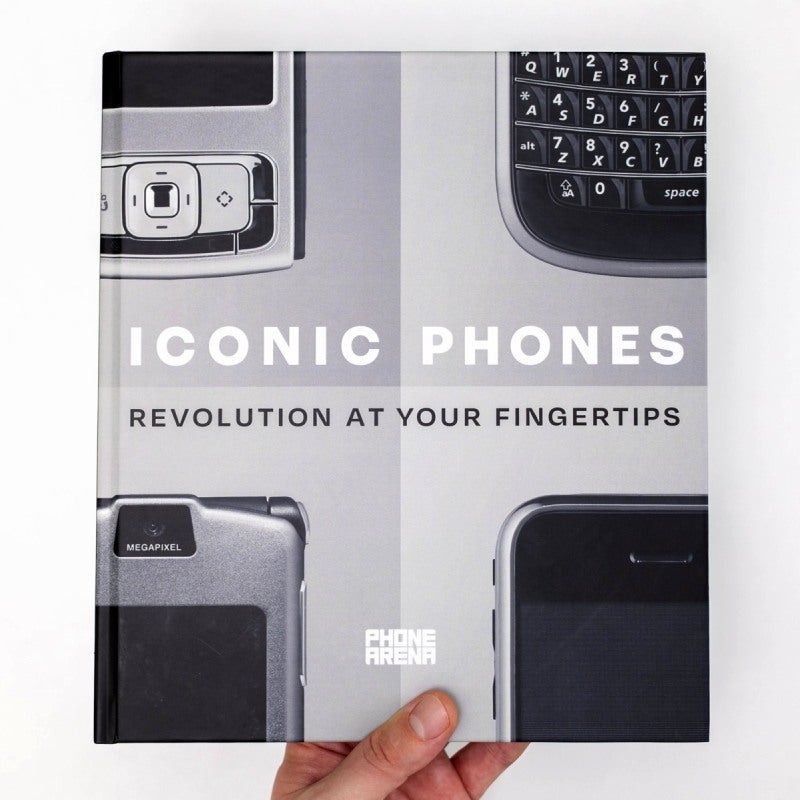

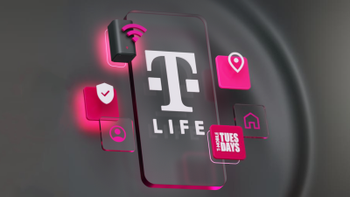
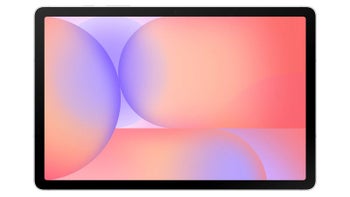


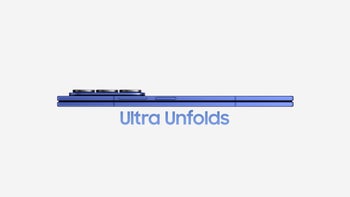
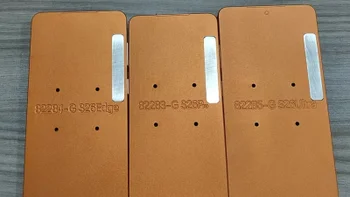
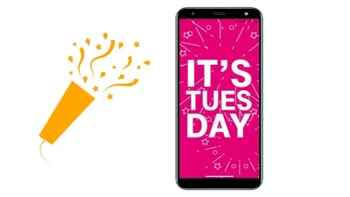
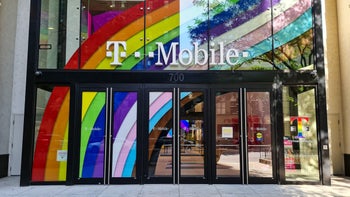
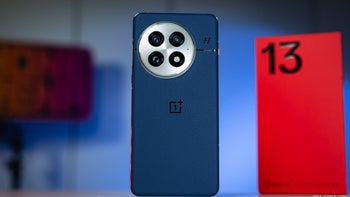
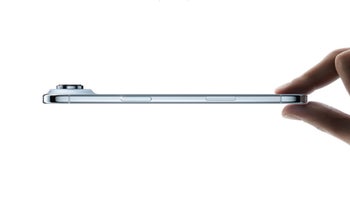
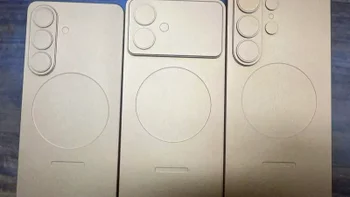
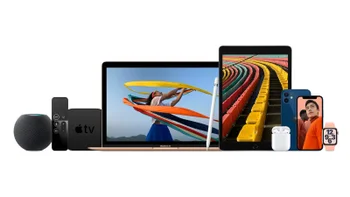
Things that are NOT allowed:
To help keep our community safe and free from spam, we apply temporary limits to newly created accounts: